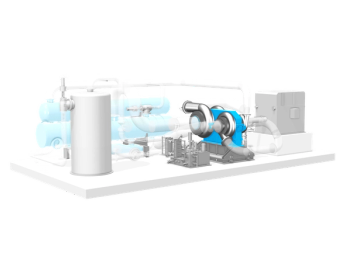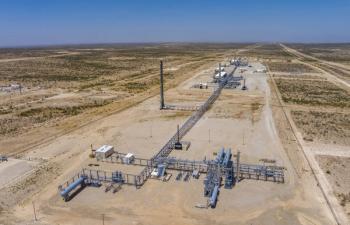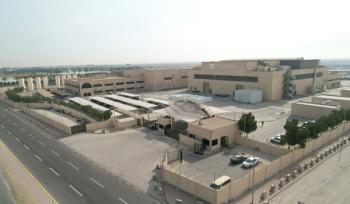
Natural gas and renewables to augment each other in Texas
In coming years, natural gas will continue to be one of the leading fuels for power generation in Texas, but its growth as a fuel source will be dependent on a complex relationship with renewable energy resources, sources told Platts. According to the Electric Reliability Council of Texas -- which represents 85 percent of the state's electric load -- in 2012, gas accounted for almost 45 percent of electric power generation in the ERCOT region. Coal, the second most popular fuel for power generation, had about a 34 percent share, while wind had about 12 percent share.
The potential market for gas as a fuel for power production in Texas is huge. According to the US Energy Information Administration, it takes about 8 Mcf to produce one MW hour of electricity. Last year, power generators in ERCOT produced about 325 million MW/h of power.
Wind is expected to play an increasingly important role in power generation in Texas, especially with the completion of the ERCOT-managed Competitive Renewable Energy Zones project later this year. CREZ, a $6.9 billion transmission project, is designed to bring wind-generated power from remote regions of the state such as West Texas, which has lots of wind but few people, to the population centers in the eastern half of Texas.
Some experts predict that wind will compete head-to-head with low-priced gas produced in Texas shale plays, while others contend the relationship between the two power-generation fuels will be more nuanced. Last month, the Brattle Group released a study that said the use of gas-fired generation would both compete with and complement that of renewables, particularly wind, in the Lone Star State. "As a fast ramping resource that is relatively easily turned on and off, natural gas-fired power plants (in particular combustion turbines) are well-suited for backing up and smoothing out intermittent renewables and providing capacity," the paper states.
Jurgen Weiss, one of the study's co-authors said, "It's not legitimate to say up front that more renewables will crowd out gas or vice versa. There are elements that have the two types of resources compete, but there are other elements that make them complementary resources."
Weiss said one of the problems with wind generation is that the wind does not always blow at the right times. When that happens, another form of power generation is needed to back up the wind power, and the type of power plant that can most ably fill that role is a modern, combined-cycle, gas-fired generating plant. He said that even at the current relatively low price levels being seen for gas, wind generation in Texas will be cost-competitive with gas, while coal is likely to be the biggest loser in the competition as coal-fired generation faces increasing environmental regulation at the state or federal level.
However, Katharine Lusk, principal in AKL Wind Energy, a privately held wind development company based in Big Spring, Texas, rejected the notion that gas and wind generation would develop a synergistic role with one another. "I think they're competitive. I don't see them working side by side."
In theory, a complementary relationship between gas and wind is possible, "but economically the providers of electricity are going to take whatever is the least expensive method of producing electricity that they can provide to the consumer,” she said.
Norm Berthusen, vice president of trading and consulting firm Energy Unlimited, said federal regulations would play a big role in what forms of energy are used to generate power in Texas in the future. If the federal government places tough restrictions on GHG, gas-fired generation will become "the best alternative short-term choice we've got," he said.
David Pursell, an analyst with Tudor Pickering, said he sees a great potential for the construction of new gas-fired power plants in the state. "If you're going to build a new power anywhere in the US, odds are going to be natural gas. Gas continues to take existing share as it pushes older coal plants off line and it will take a meaningful share of any new capacity that is built."
Newsletter
Power your knowledge with the latest in turbine technology, engineering advances, and energy solutions—subscribe to Turbomachinery International today.




